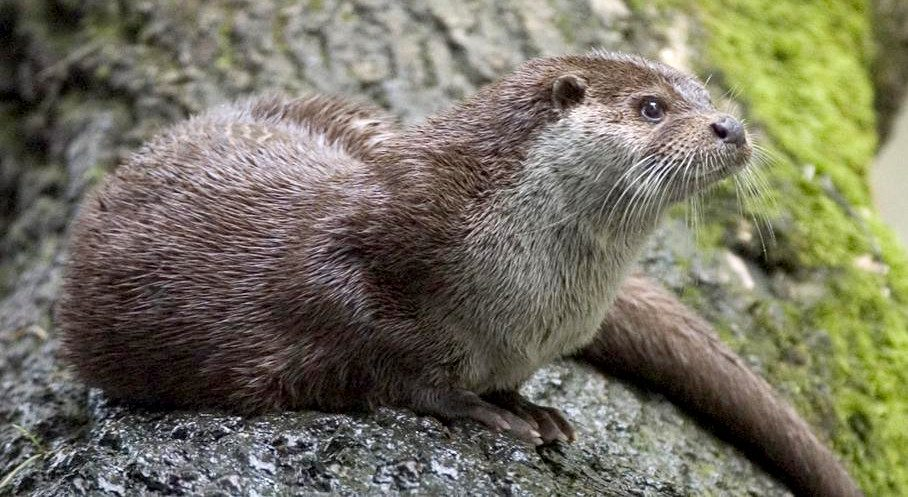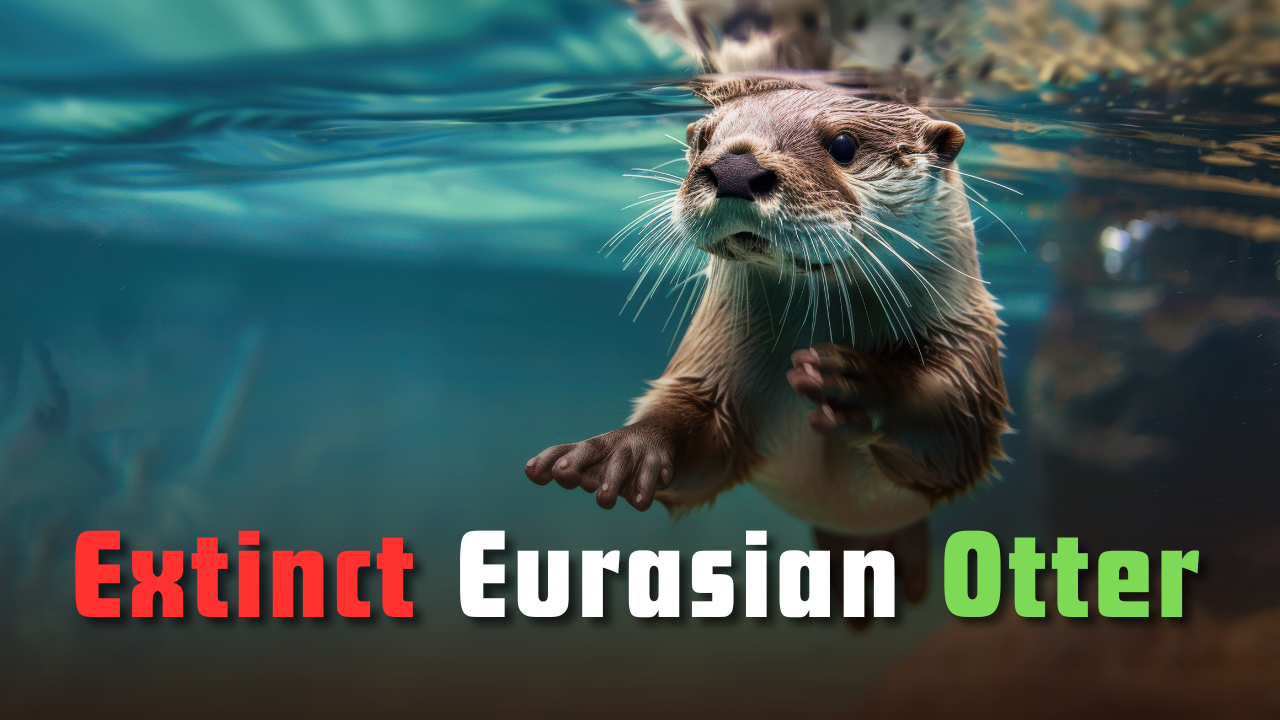Font size:
Print
Species in News: Eurasian Otter
Thought to be extinct, a rare sighting in Kashmir revives hopes of the Eurasian otter’s comeback
Context: The Eurasian otter (Lutra lutra), long believed to be extinct in Kashmir, has been spotted after over 30 years. Recent sighting occurred in Lidder River, at Srigufwara in south Kashmir.

About Eurasian Otter
-
- Also known as: European Otter, Old World Otter
- A semiaquatic carnivorous mammal native to Eurasia. Locally known as “Vuder”, the otter was once abundant in Kashmir’s water bodies.
- Fur: Sleek, dense brown fur (paler underneath)
- Body: Long, flexible body; short legs; muscular tail
- Family: Mustelidae
- Genus: Lutra
- Species: Lutra lutra
-
Conservation Status:
-
- IUCN Red List: Near Threatened
- Indian Wildlife Protection Act (IWPA): Schedule I
- CITES: Appendix I
- U.S. Endangered Species Act (ESA): Endangered
- Distribution: Found across Europe, Middle East, Northern Africa, Russia, China, and other parts of Asia. In India, it is found in northern, northeastern, and southern regions, especially in cold hill streams and mountain rivers. Believed to be extinct in Japan.
- Habitat & Range in India: Rivers, lakes, streams, marshes, swamps, and coasts. Found up to 3,660 meters in the Himalayas during summer.
- In Kashmir: Historically found in Dal Lake, Lidder River, Rambiara Stream, and Dachigam
- Vocalisations: High-pitched whistles (mother–cub communication), Twittering (play-fighting), Cat-like growls (aggression/fighting).
- Diet: Primarily fish, but also amphibians, crustaceans, and small mammals.
Major Threats
- Habitat Loss: Dam construction, Canalization and alteration of riverbanks, Draining of wetlands, Aquaculture expansion.
- Pollution: Organic pollutants (e.g., fertilisers, sewage), Acidification affecting prey species, Oil spills (in coastal zones).
- Poaching: Targeted for their valuable pelts.
- Bycatch Risk: Accidental drowning in muskrat traps and fish cages.
Conservation Efforts
- Legal Protections: The Eurasian otter is protected under the Bern Convention and the EU Habitats Directive, which safeguard its habitat and prevent hunting.
- Habitat Restoration and Protection: Conservationists focus on restoring wetlands, rivers, and coastal areas to provide safe habitats. Efforts include reducing water pollution, as otters are bio-indicators of water quality.
- Pollution Control and Sustainable Fishing: Efforts to reduce industrial pollution and ban harmful pesticides protect otters from toxic exposure. Sustainable fishing practices prevent overfishing, ensuring otters have adequate food sources.
Subscribe to our Youtube Channel for more Valuable Content – TheStudyias
Download the App to Subscribe to our Courses – Thestudyias
The Source’s Authority and Ownership of the Article is Claimed By THE STUDY IAS BY MANIKANT SINGH


